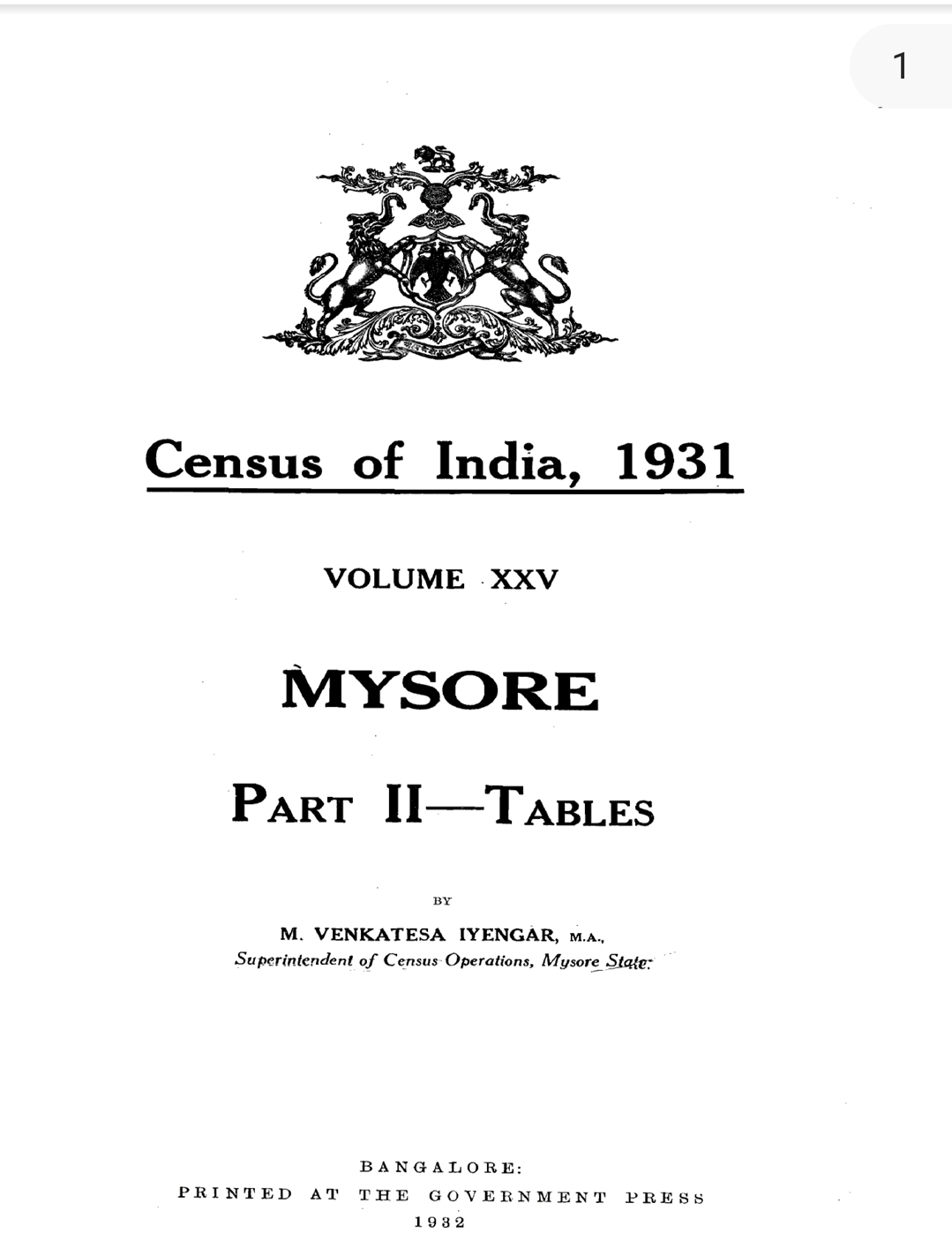A Typical Format of Hindu Purana.
According to Sanatana Dharma, a complete Purana is a genre of sacred texts that contains a vast repository of knowledge about various aspects of life, philosophy, history, cosmology, theology, and mythology.
The word "Purana" is derived from the Sanskrit term "Pura" which means ancient, and it reflects the ancient nature of these texts.
A complete Purana is typically characterized by the following components:
1.Sarga.
2.Pratisarga.
3.Vamsha
4.Manvantara.
5.Vamsanucarita
6.Vamsha-Avataracarita
7.Samasya.
8.Manvantara-Avataracarita
9.The life stories of various deities and sages..
10.Historical Legends and Myths.
11.Cosmology and Cosmogony.
12.Descriptions of various rituals, festivals, and religious observances.
13.Geographical Descriptions of Pilgrimage Sites.
14.The concept of Dharma,and moral teachings.
The most famous and complete Puranas are the 18 Mahapuranas, which include texts like the Bhagavata Purana, Vishnu Purana, Shiva Purana, Markandeya Purana, and many others.
Apart from these, there are also Upapuranas and regional Puranas, which focus on specific deities or regions and complement the Mahapuranas.
It's important to note that different Puranas may emphasize different aspects and have variations in content.
The purpose of Puranas is to preserve the ancient wisdom, impart moral and philosophical teachings, and foster devotion to the divine through storytelling.
They are considered a vital part of Sanatana Dharma's rich literary and cultural heritage.
http://gavirangappa.blogspot.com/2023/06/sri-devala-maharishi.html
(My blog on Devanga Purana)
Devanga's Vidhana:
https://t.me/joinchat/T9PZE7wMJss2eol0
https://www.facebook.com/groups/115655385522020/?ref=share
https://www.facebook.com/vidhanadevangas/
https://t.me/joinchat/T9PZE7wMJss2eol0
https://www.facebook.com/groups/115655385522020/?ref=share
https://www.facebook.com/vidhanadevangas/
#828






Comments
Post a Comment